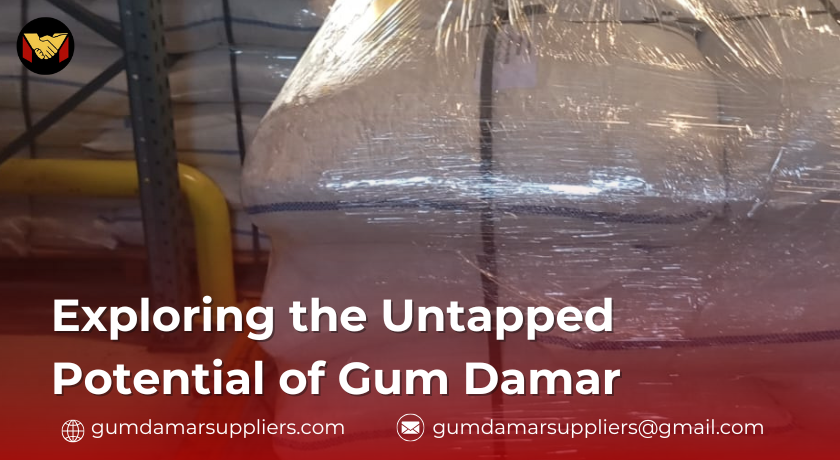
In the realm of natural resources, gum damar is a hidden gem. Harvested from Dipterocarpaceae trees in tropical regions, especially Indonesia, this natural resin has been used for centuries yet remains underappreciated in many modern industries. Its ecological benefits, diverse applications, and sustainable production make it a material worth exploring in greater depth.
The Origin of Gum Damar
Gum damar is formed as a defensive response by trees when their bark is injured. The resin slowly oozes out, hardens into translucent chunks, and is then harvested by local communities. The trees—often towering giants in Southeast Asian rainforests—continue to thrive, making gum damar a renewable resource. Its name, derived from the Malay word “damar,” meaning “torch,” reflects its early use as a natural light source.
What Makes Gum Damar Unique?
- Natural Transparency: Unlike many other resins, gum damar offers a crystalline finish, ideal for creating varnishes and coatings with a polished appearance.
- Sustainability: Its production aligns with eco-friendly practices, ensuring minimal environmental impact.
- Chemical Compatibility: The resin dissolves readily in organic solvents, making it a versatile ingredient in various formulations.
- Non-Toxic Nature: As a plant-based material, gum damar is free from harmful chemicals, appealing to industries focused on safety and environmental health.
Innovative Uses Across Industries
- Eco-Friendly Paints and Varnishes: Gum damar is a key ingredient in producing natural varnishes that enhance the longevity and gloss of artworks, furniture, and more. Its use in eco-friendly paints is also gaining traction, offering a sustainable alternative to synthetic resins.
- Aromatherapy and Wellness: With its mild, pleasant scent, gum damar is a popular choice for making incense and essential oil blends. It’s also being explored as a base for natural candles and relaxation products.
- Biodegradable Packaging: As the push for sustainable materials grows, gum damar’s ability to create moisture-resistant coatings makes it an excellent candidate for biodegradable packaging solutions.
- Cosmetic Innovations: The cosmetic industry is beginning to adopt gum damar in products such as lip balms and natural skin protectants, leveraging its non-toxic, skin-friendly properties.
A Boon for Local Economies
Gum damar harvesting supports rural communities, providing a stable income source for farmers. By prioritizing ethical sourcing and fair trade practices, industries can empower these communities while promoting the conservation of forest ecosystems.
Tips for Businesses Considering Gum Damar
- Identify the Right Grade: Gum damar is available in various grades. High-purity grades are ideal for varnishes and cosmetics, while lower grades are suitable for industrial applications.
- Collaborate with Sustainable Suppliers: Work with suppliers who adhere to sustainable harvesting methods to ensure the product’s quality and ecological integrity.
- Experiment with Applications: The versatility of gum damar makes it a valuable resource for innovation. Industries ranging from packaging to personal care can benefit by exploring its potential.
The Future of Gum Damar
As global industries shift toward sustainability, gum damar stands poised to play a significant role. Its natural origin, eco-friendly properties, and adaptability make it a material of the future. From revolutionizing packaging to supporting traditional craftsmanship, gum damar bridges the gap between environmental responsibility and industrial progress.
For businesses and innovators alike, the time to embrace gum damar is now. Discover its possibilities and join the movement toward a more sustainable and harmonious future.
Contact us :
☎️ : +62 856-4868-8722